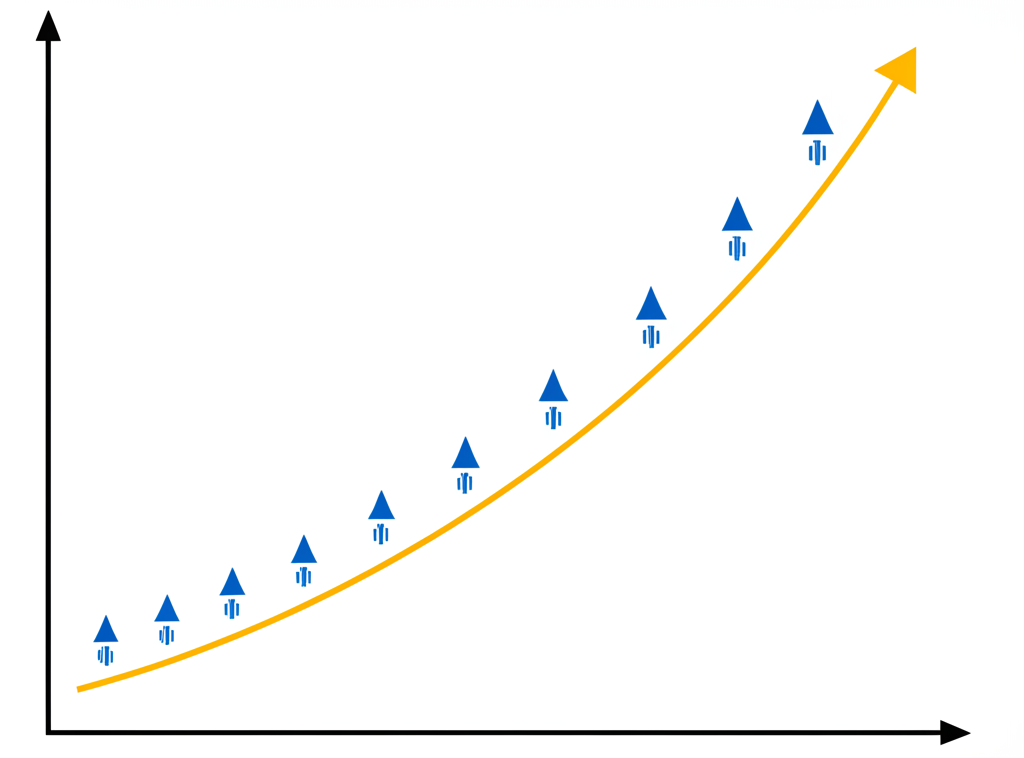Ethereum’s Gas Limit Soars: A Major Leap Towards Scalability
Ethereum, the world’s second-largest cryptocurrency, is making significant strides in its quest for enhanced scalability. Recent developments indicate a substantial increase in transaction throughput (TPS) and a significant rise in the network’s gas limit, fueled by widespread validator support. This move signifies a crucial step towards tackling the long-standing congestion issues that have plagued the network.
A 45 Million Gas Limit Target Gains Traction
The most significant development is the growing support for a gas limit increase to 45 million. Currently, the gas limit has already exceeded 37 million, a substantial jump from previous levels. Importantly, a considerable 47% of Ethereum validators are backing this ambitious proposal, indicating a strong consensus within the network’s core infrastructure. This level of validator support suggests a smooth and efficient implementation of the higher gas limit. While the exact implications of a 45 million gas limit are still being analyzed, it is expected to significantly increase the network’s capacity to handle transactions, leading to faster confirmation times and reduced transaction fees.
Previous gas limit increases, while beneficial, have been incremental. This near-50% backing of a significant jump suggests a more proactive approach to scaling, potentially signaling a pivotal moment in Ethereum’s ongoing development.
What Does This Mean for Users and Developers?
This expansion in the gas limit directly translates to an improvement in the network’s TPS (Transactions Per Second). While precise figures aren’t yet available, the increase is expected to be substantial. Higher TPS means fewer transaction delays, lower congestion, and potentially reduced gas fees for users. For developers building decentralized applications (dApps) on Ethereum, this translates to a more efficient and scalable platform for their projects, potentially attracting a larger user base.

The increase also points towards Ethereum’s ongoing commitment to tackling its scalability challenges. The sustained development and community engagement surrounding this issue are encouraging signs for the long-term prospects of the network.
Beyond Gas Limits: A Broader Look at Ethereum’s Scalability Strategy
While the gas limit increase is a significant step, it’s important to remember it’s part of a broader strategy. The ongoing transition to Ethereum 2.0 (now Ethereum) with its sharding mechanism promises even more dramatic improvements in scalability. Sharding, by splitting the network into smaller, more manageable pieces, is expected to drastically increase Ethereum’s processing power and throughput.
In Summary:
- Gas limit surge: Ethereum’s gas limit has surpassed 37 million.
- Validator support: 47% of validators back a proposed increase to 45 million.
- Improved TPS: Expect a significant increase in transactions per second.
- Benefits for users and developers: Faster transactions, lower fees, and enhanced scalability.
- Part of a broader strategy: This gas limit increase is a step towards achieving Ethereum’s long-term scalability goals.










